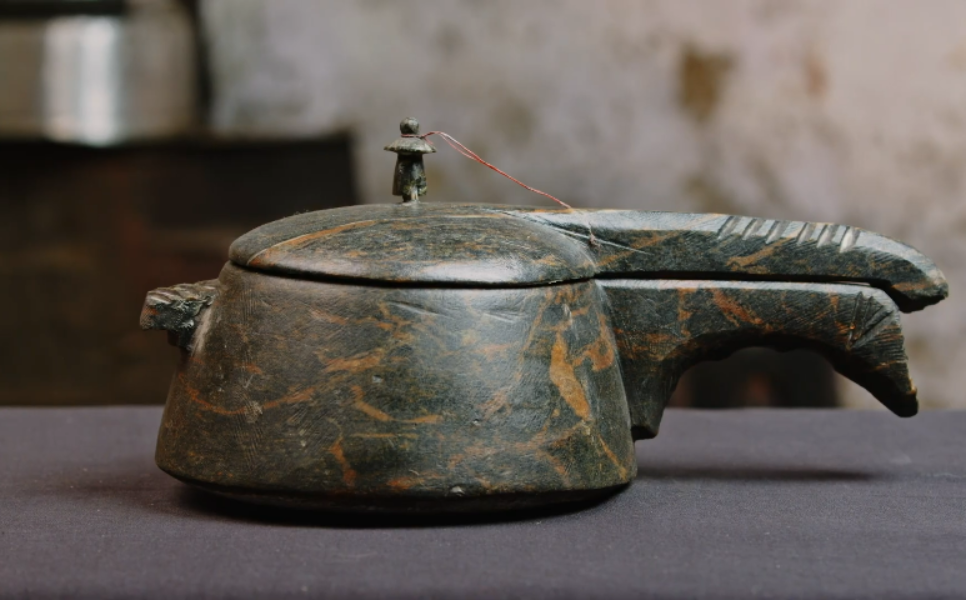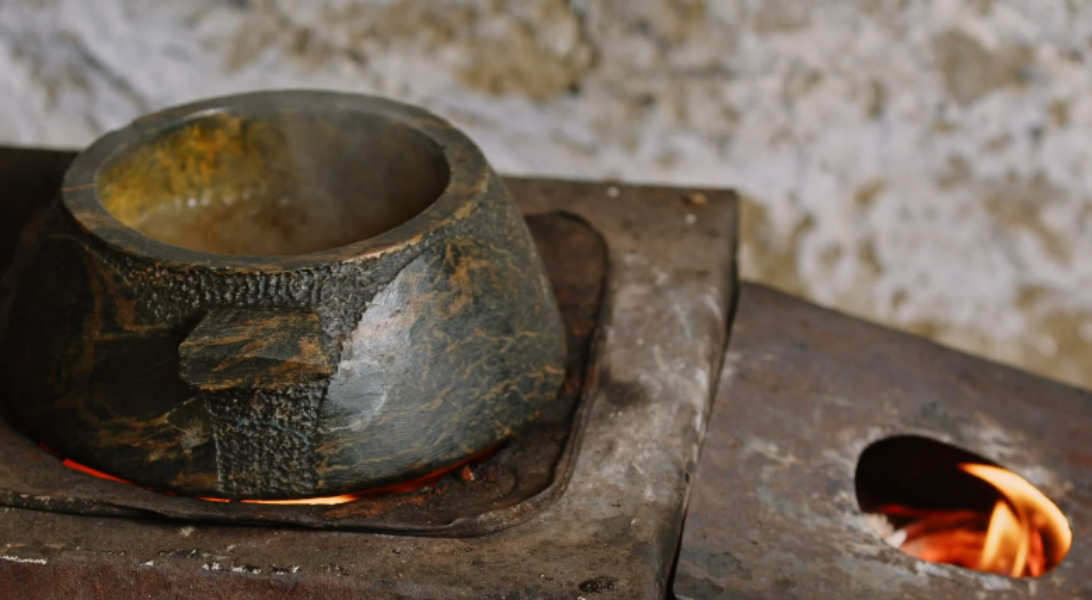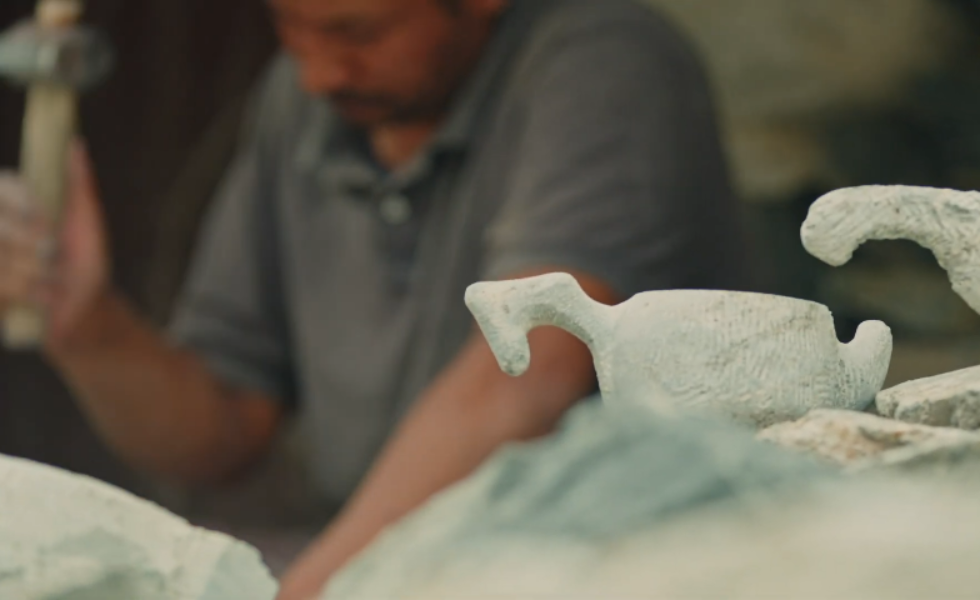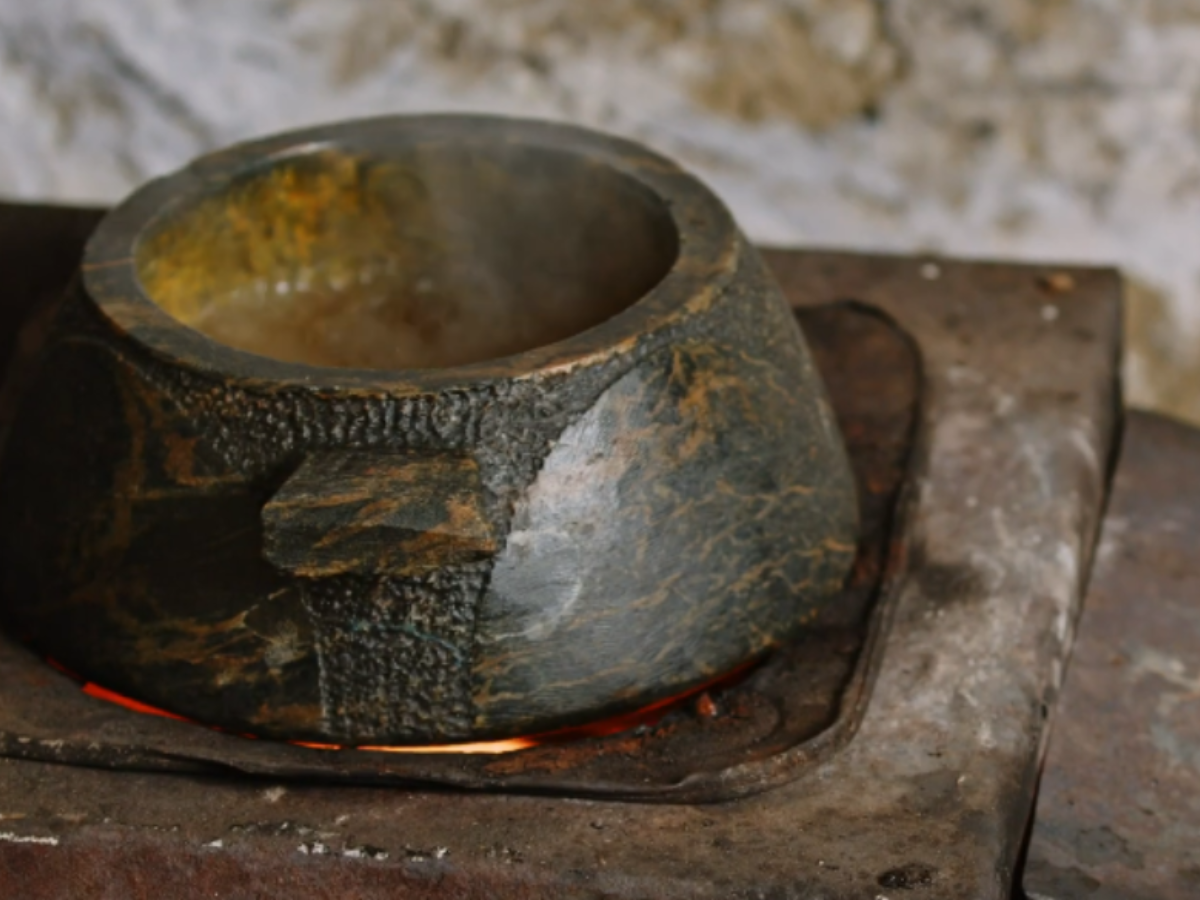tribal artefacts
Doltok, ladakh

Doltoks have special meanings for the people of Ladakh. The Doltok is a traditional stone cooking vessel of the tribes of Ladakh. It is specially made for making stews, soups, or some traditional dish. The term "Doltok" means "stone pot" and describes its material and its purpose. This cooking vessel indeed occupies a central place in the Ladakhi culinary realm. Besides, it defines the culture of the tribe concerning the environment, using traditional ways of cooking.
The Leh and Kargil districts of the Union Territory of Ladakh are inhabited by these tribes. Extremely rich cultural heritage with diversified traditions marks these tribes through high altitude harsh environment interdependence in traditional artifacts and practices. The food culture is, in fact, the lifeblood for the tribes that ties their history-culture food traditions together, and thus, the Doltok becomes an important religious document that binds eight tribes of Ladakh together.


The Doltok is constructed from black stone that is locally sourced from the mountains of Ladakh. This stone has been selected for its durability with regard to holding heat and serves as a great cooking stone. The skill and artistry of the whole process of making a Doltok is marvellous as artisans’ chisel and carve the stone for making it functional as well as pretty.
Doltok is a cooker which is standard and traditional in ladakh and prepares a variety of dishes such as stews, soups, and Yarkandi pulao (rice-meat-vegetable mix). It can also prepare Paba-a mixture of bread and pudding made of crushed grains and lentils. For this way, since it retains heat, doltok can be used best for slow cooking so that flavors can be developed thoroughly.


For the Tribes of Ladakh, the Doltok is of considerable cultural significance. It serves not merely as a cooking pot but as a repository of culinary heritage and knowledge. Often used in cultural ceremonies and festivals, including Mamani, Losar, and Eid, the Doltok strengthens its communal presence and importance. The vessel embodies a link between the tribe and their ancestors and reflects the tribe's commitment to preserving their cultural identity.


